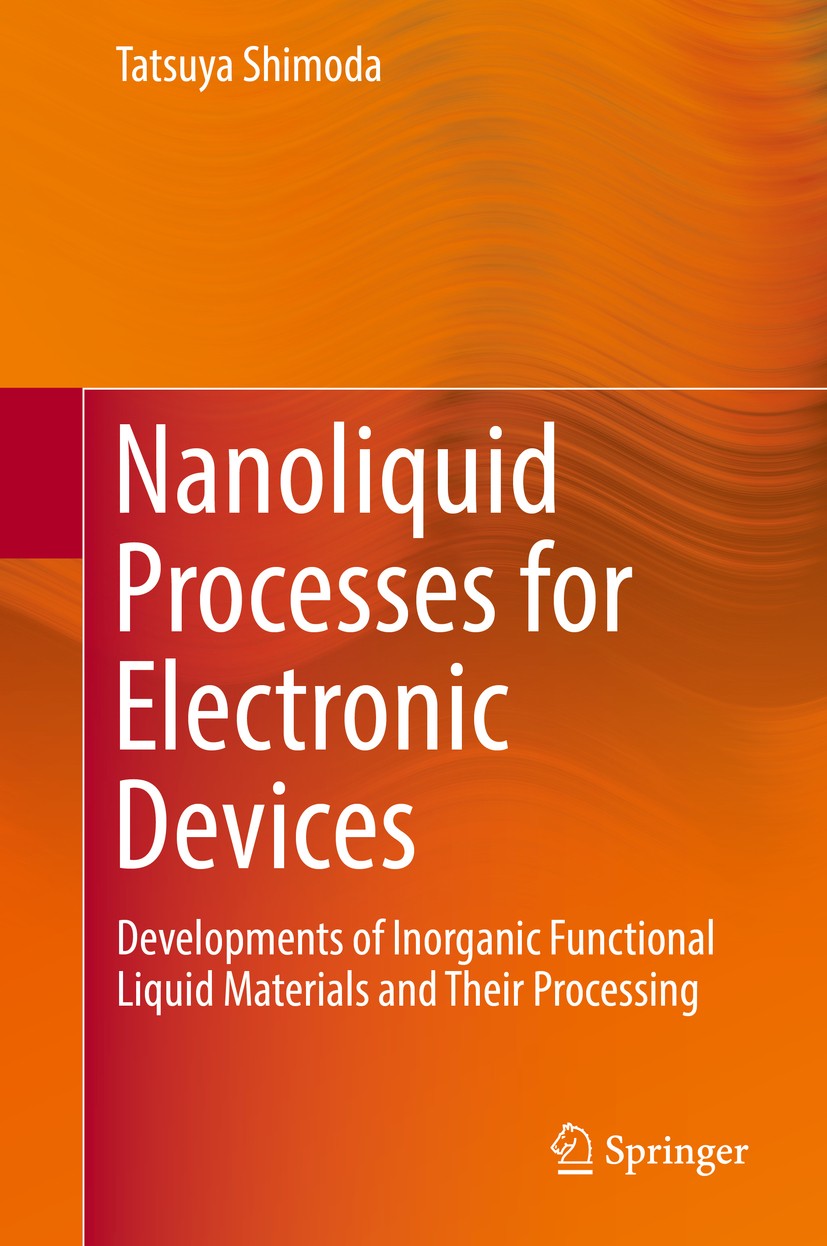| 书目名称 | Nanoliquid Processes for Electronic Devices | | 副标题 | Developments of Inor | | 编辑 | Tatsuya Shimoda | | 视频video | http://file.papertrans.cn/661/660760/660760.mp4 | | 概述 | Provides a clear description following the order of processing: from solution to device via film formation.Includes a detailed table of contents to help the reader to refer to the content easily in pr | | 图书封面 |  | | 描述 | .This book summarizes the results of the research on how to make small electronic devices with high properties by using simple liquid processes such as coating, self-assembling and printing, especially focusing on devices composed of silicon and oxide materials. It describes syntheses and analyses of solution materials, formations of solid thin films from solutions, newly developed patterning methods to make devices, and characterization of the developed devices. .In the first part of the book, the research on liquid silicon (Si) materials is described. Because the use of a liquid material is a quite new idea for Si devices, this book is the first one to describe liquid Si materials for electronic devices. Si devices as typified by MOS-FET have been produced by using solid and gas materials. This volume precisely describes a series of processes from material synthesis to device fabrication for those who are interested and are/will be engaged in liquid Si-related work. Inthe latter part of the book, a general method of how to make good oxide films from solutions and a new imprinting method to make nanosized patterns are introduced. For making oxide films with high quality, the desi | | 出版日期 | Book 2019 | | 关键词 | Liquid silicon; Liquid oxide material; Solution process; Printable electronics; Rheology printing | | 版次 | 1 | | doi | https://doi.org/10.1007/978-981-13-2953-1 | | isbn_ebook | 978-981-13-2953-1 | | copyright | Springer Nature Singapore Pte Ltd. 2019 |
The information of publication is updating

|
|
 |Archiver|手机版|小黑屋|
派博传思国际
( 京公网安备110108008328)
GMT+8, 2025-11-14 01:16
|Archiver|手机版|小黑屋|
派博传思国际
( 京公网安备110108008328)
GMT+8, 2025-11-14 01:16


